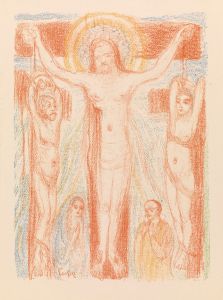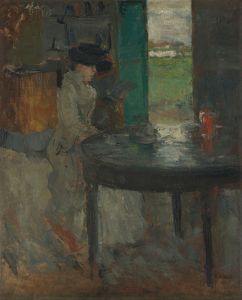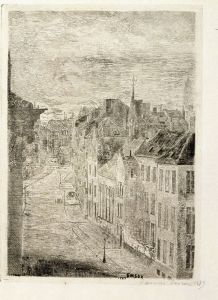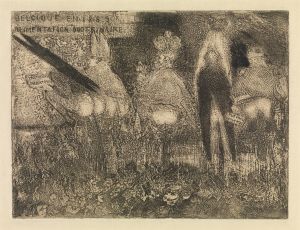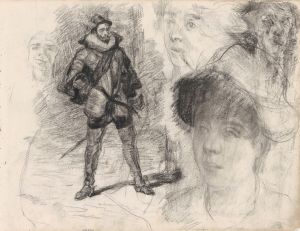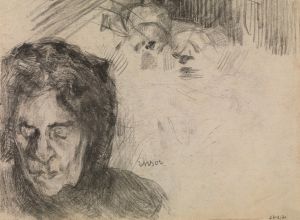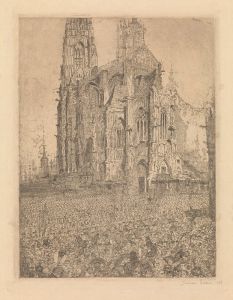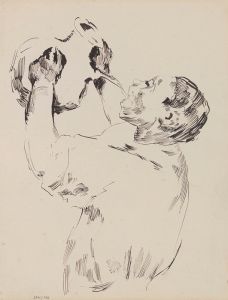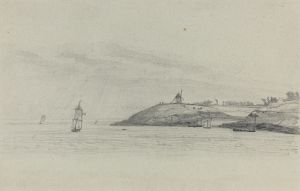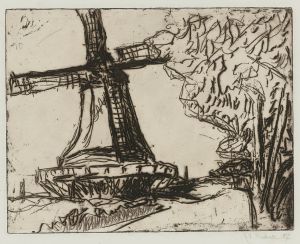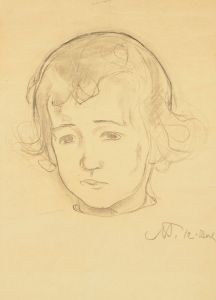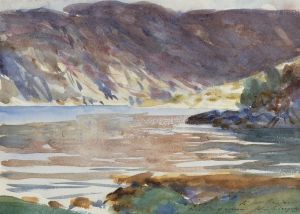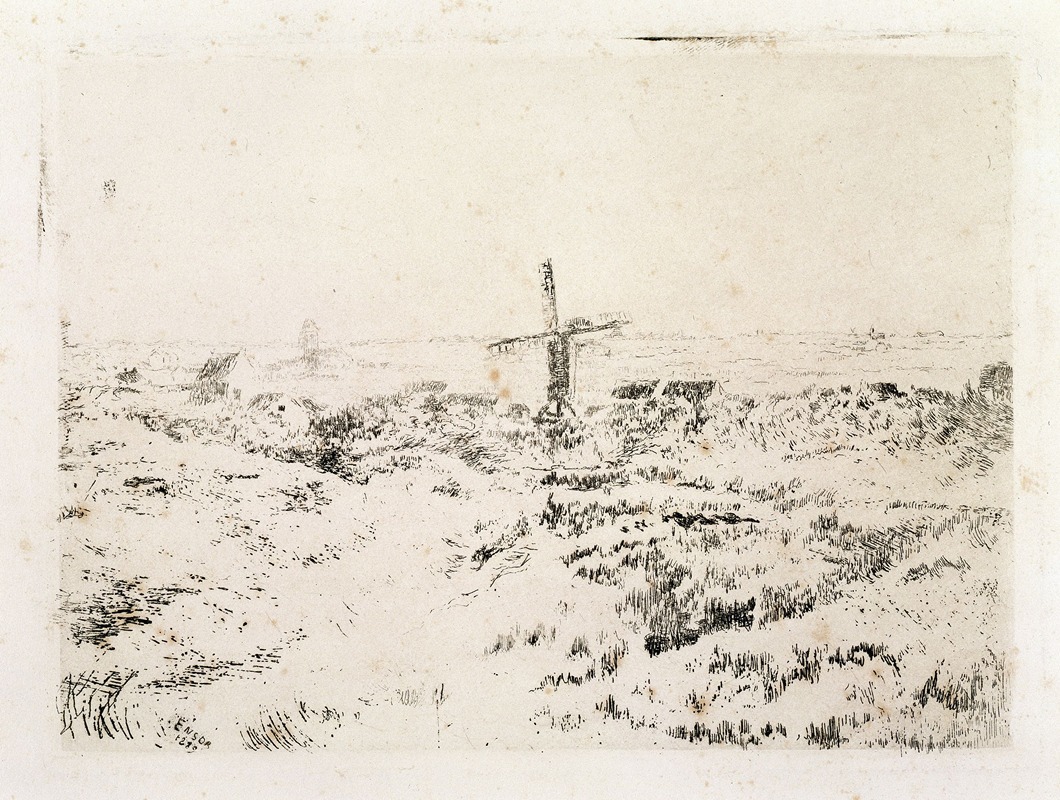
The Windmill at Mariakerke
A hand-painted replica of James Ensor’s masterpiece The Windmill at Mariakerke, meticulously crafted by professional artists to capture the true essence of the original. Each piece is created with museum-quality canvas and rare mineral pigments, carefully painted by experienced artists with delicate brushstrokes and rich, layered colors to perfectly recreate the texture of the original artwork. Unlike machine-printed reproductions, this hand-painted version brings the painting to life, infused with the artist’s emotions and skill in every stroke. Whether for personal collection or home decoration, it instantly elevates the artistic atmosphere of any space.
"The Windmill at Mariakerke" is a painting by the Belgian artist James Ensor, created in 1887. Ensor, born in 1860 in Ostend, Belgium, is renowned for his unique style that blends elements of Impressionism and Symbolism, often characterized by vivid colors and expressive brushwork. He is considered a pivotal figure in the transition from 19th-century realism to 20th-century modernism.
This particular painting depicts a windmill located in Mariakerke, a village near Ostend, where Ensor spent much of his life. The windmill is a recurring motif in Ensor's work, reflecting his fascination with the coastal landscapes of Belgium and the traditional rural life that was rapidly changing during his lifetime. The painting captures the windmill in a dynamic composition, with swirling clouds and vibrant colors that convey a sense of movement and energy.
Ensor's use of color in "The Windmill at Mariakerke" is particularly noteworthy. He employs a palette of bold, contrasting colors to create a lively and atmospheric scene. The sky is often depicted in shades of blue and white, with hints of yellow and pink, suggesting the changing light of day. The windmill itself is rendered in earthy tones, standing in stark contrast to the vivid sky, which enhances its prominence in the composition.
The painting reflects Ensor's interest in capturing the essence of his surroundings, rather than focusing on precise details. His brushwork is loose and expressive, allowing him to convey the textures and forms of the landscape with a sense of immediacy. This approach aligns with the broader Impressionist movement, which emphasized the depiction of light and atmosphere over detailed realism.
"The Windmill at Mariakerke" also illustrates Ensor's ability to infuse his landscapes with a sense of mood and emotion. While the scene is rooted in a specific location, the painting transcends mere topographical representation, inviting viewers to engage with the emotional and atmospheric qualities of the landscape. This ability to evoke emotion through landscape painting is a hallmark of Ensor's work and contributes to his enduring reputation as a master of modern art.
Throughout his career, Ensor remained deeply connected to his hometown of Ostend and the surrounding region, drawing inspiration from its coastal landscapes and local culture. His work, including "The Windmill at Mariakerke," reflects a deep appreciation for the natural beauty and cultural heritage of Belgium, even as he pushed the boundaries of artistic convention.
Today, James Ensor is celebrated as one of Belgium's most important artists, and his work continues to be studied and admired for its innovative approach and emotional depth. "The Windmill at Mariakerke" stands as a testament to his skill as a painter and his ability to capture the spirit of his environment with both sensitivity and boldness.





